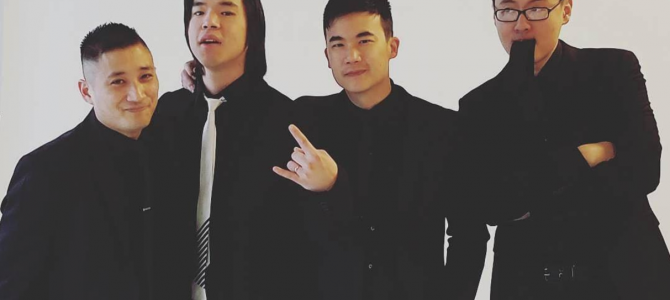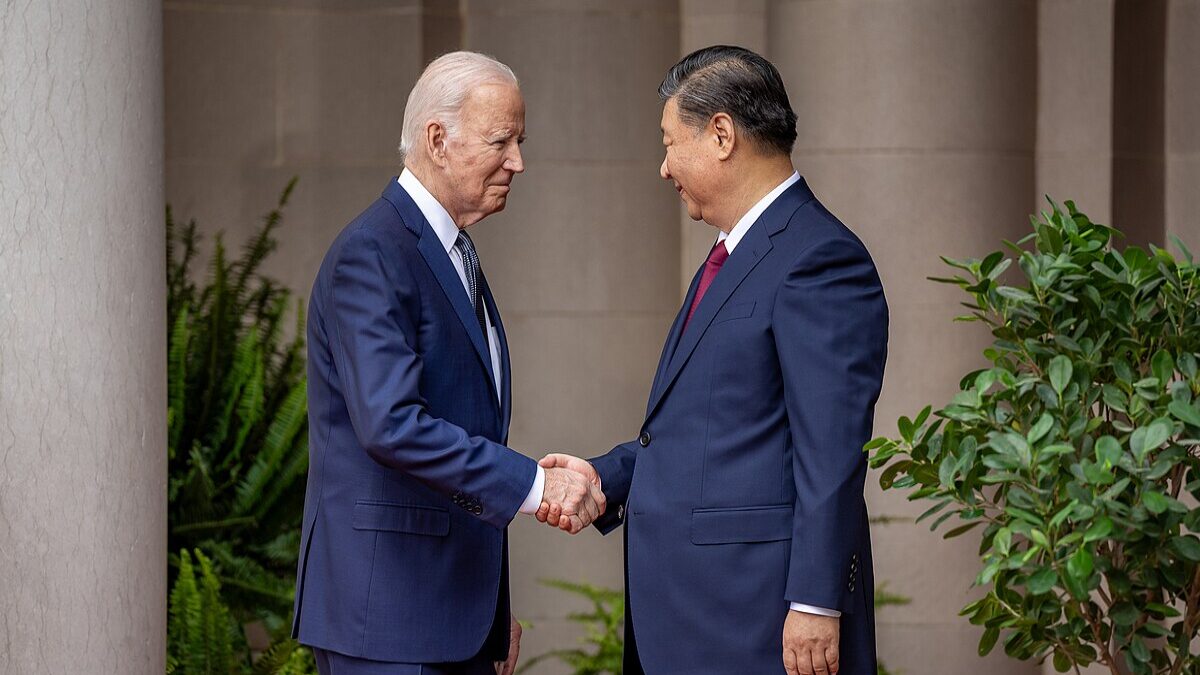
One of the high-profile cases the U.S. Supreme Court chose to deal with in 2017 was brought by an Asian-American rock band. The band called itself “The Slants,” a historically derogatory term used to refer to Asians.
The band applied to trademark their name, but the U.S. Patent and Trademark Office denied their application on the grounds that name disparages Asians. The band contends that the government’s refusal is a free speech violation. If the band’s suit prevails, it could benefit other entities such as the Washington Redskins, who are likewise fighting for their constitutional right to free speech.
While I am not a huge fan of The Slants’ music, I applaud their courage and persistence. By fighting for their right to free speech all the way to the Supreme Court, they defied the stereotype of Asian Americans as a “submissive” ethnic group who are used to keeping their heads down and never complaining.
This isn’t the first time that an Asian American has brought a landmark case to the U.S. Supreme Court. It’s important we re-familiarize ourselves of some of the historical landmark cases brought by Asians and examine how their outcomes helped shape our nation’s history.
1. The Case that Solidified Birthright Citizenship
In the mid to late nineteenth century, despite their contributions to the transcontinental railroad and agriculture, Asians, especially the Chinese, were often the target of toxic racial discrimination. In 1882, the U.S. Congress passed the Chinese Exclusion Act, which suspended the immigration of Chinese laborers (skilled or unskilled) for 10 years.
The 1882 act was the first immigration law that prevented immigration and naturalization based on race and nationality. It marked a great departure from our nation’s founding principles. Not surprisingly, soon the Chinese Exclusion Act was challenged in court. The most famous case is probably United States v. Wong Kim Ark.
Wong was born in 1873 in San Francisco, and his parents were legally domiciled and residents of the United States. In 1894, he left to visit China and returned in August of the same year. He was denied reentry based on the Chinese Exclusion Act. Wong challenged the government that he was a natural-born U.S. citizen per the Fourteenth Amendment to the Constitution, which declares that “all persons born or naturalized in the United States, and subject to the jurisdiction thereof, are citizens of the United States.”
The Supreme Court ruled in Wong’s favor based on their interpretation of the key phrase “subject to the jurisdiction thereof,” which they believed referred to being required to obey U.S. law. On this basis, the majority of the Supreme Court interpreted the language of the Fourteenth Amendment in a way that granted U.S. citizenship to at least some children born of foreigners because they were born on American soil (a concept known as jus soli).
Until recently, this landmark decision and the parameters of the jus soli principle haven’t been seriously challenged. This case solidified what is commonly known today as “birthright citizenship.”
2 and 3. The Definition of ‘White Person’
The first naturalization law in our nation’s history, the Uniform Rule of Naturalization of 1790, states that “any Alien being a free white person” can become a U.S. citizen if the person has resided “within the limits and under the jurisdiction of the United States for the term of two years,” and can prove he or she is “a person of good character.” Over the years, no matter how much our immigration laws changed, they all kept the “free white person” qualification for nationalization of citizenship until 1952.
In the early twentieth century, Asian Americans brought two landmark cases to challenge the definition of “free white person” in our immigration law. The first one was Takao Ozawa v. United States. Mr. Ozawa, who was born in Japan but had lived in the United States for 20 years, filed for United States citizenship in 1915 under the Naturalization Act of 1906, which allowed only “free white persons” and “persons of African nativity or persons of African descent” to naturalize.
He argued in his legal brief that, “My honesty and industriousness are well known among my Japanese and American friends. In name Benedict Arnold was an American, but at heart he was a traitor. In name I am not an American, but at heart I am a true American.” His case reached the Supreme Court, and in 1922, Justice George Sutherland deemed Ozawa racially “ineligible for citizenship” because he believed the word “white” was synonymous with “what is popularly known as the Caucasian race.”
Sutherland seemed to change his understanding of the word “white” a year later when he ruled in another case, United States v. Bhagat Singh Thind. Mr. Thind, an immigrant from India who also was a U.S. army veteran of World War I, argued in his 1923 case that he was Caucasian because he was a “high-caste Hindu.” While conceding that people of Hindu descent were part of the Caucasian race (per anthropology), Justice Sutherland still deemed Thind ineligible for naturalization because the words “white person” in the naturalization act were “synonymous with the word ‘Caucasian’ only as that word is popularly understood,” which meant one not only has to be of Caucasian race but also have a white complexion.
The ruling of these two landmark cases became the legal foundation for Congress to pass immigration laws that prevented many Asian immigrants from becoming U.S. citizens for decades. But the dissenting opinions laid the foundation for change.
The Immigration Act of 1952 made naturalization a color-blind process by abolishing the restriction established in 1792, which limited naturalization to only the “free white person” with “good moral character.” Removing the racial bar from the naturalization process meant that an eligible Asian immigrant could become a naturalized U.S. citizen for the first time since the founding of our nation.
4.‘Roosevelt’s Executive Order Is Unconstitutional’
After Japan bombed Pearl Harbor and the United States went to war with Japan, President Roosevelt signed Executive Order 9066, ordering Japanese Americans to evacuate into relocation camps located inland in states such as Colorado, Wyoming, and Montana.
Fred Korematsu, a brave Japanese American, challenged the constitutionality of Roosevelt’s executive order in the landmark case Korematsu v. United States. Unfortunately, the Supreme Court sided with the government in a 6-3 decision. In his dissent, Justice Frank Murphy rightly called the internment of Japanese Americans the “legalization of racism,” and declared that
Racial discrimination in any form and in any degree has no justifiable part whatever in our democratic way of life. It is unattractive in any setting, but it is utterly revolting among a free people who have embraced the principles set forth in the Constitution of the United States.
Even a great nation can commit horrible mistakes. What truly makes a nation great is when its leaders admit a mistake and correct it. It was only fitting that day came on August 10, 1988: President Reagan signed into law a bill to award restitution payments of $20,000 to Japanese-American survivors of World War II civilian internment camps.
Upon signing the bill, President Reagan explained, “What is most important in this bill has less to do with property than with honor. For here we admit a wrong; here we reaffirm our commitment as a nation to equal justice under the law.”
Unfortunately, many Americans are not aware of these courageous efforts by Asian Americans in the past. Therefore, many still view Asian Americans as a “silent” and “submissive” group who aren’t political. These four landmark historical cases as well as The Slants’ case today prove that, on the contrary, Asian Americans have always been very active in defending their constitutionally protected rights, and helped shape our national character along the way.









